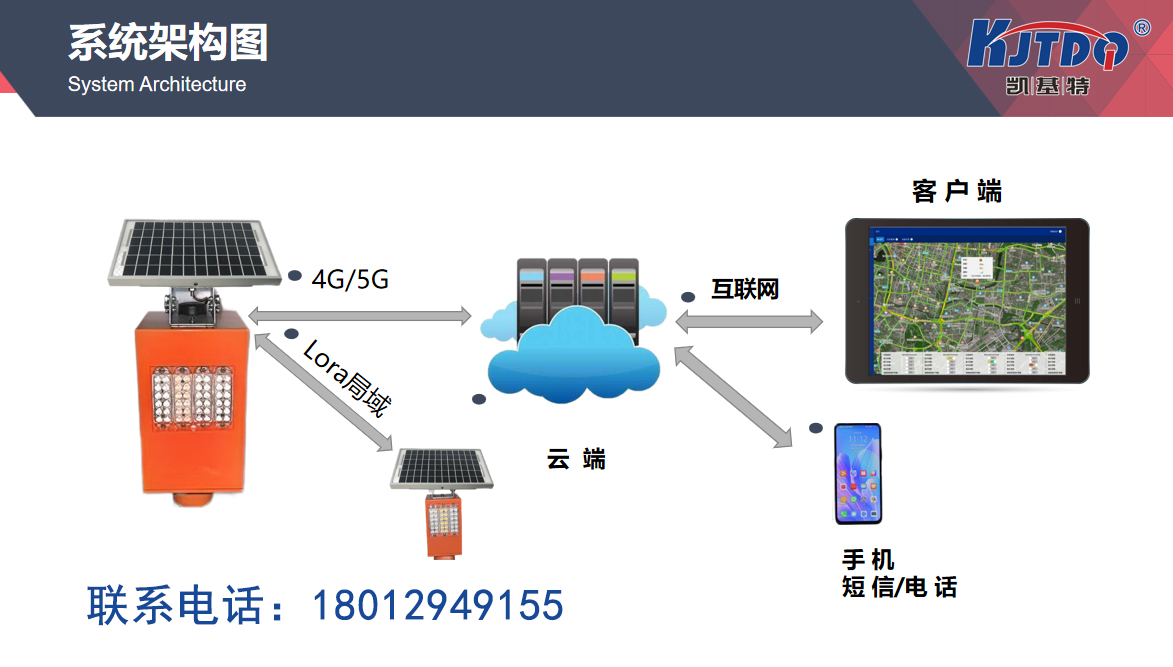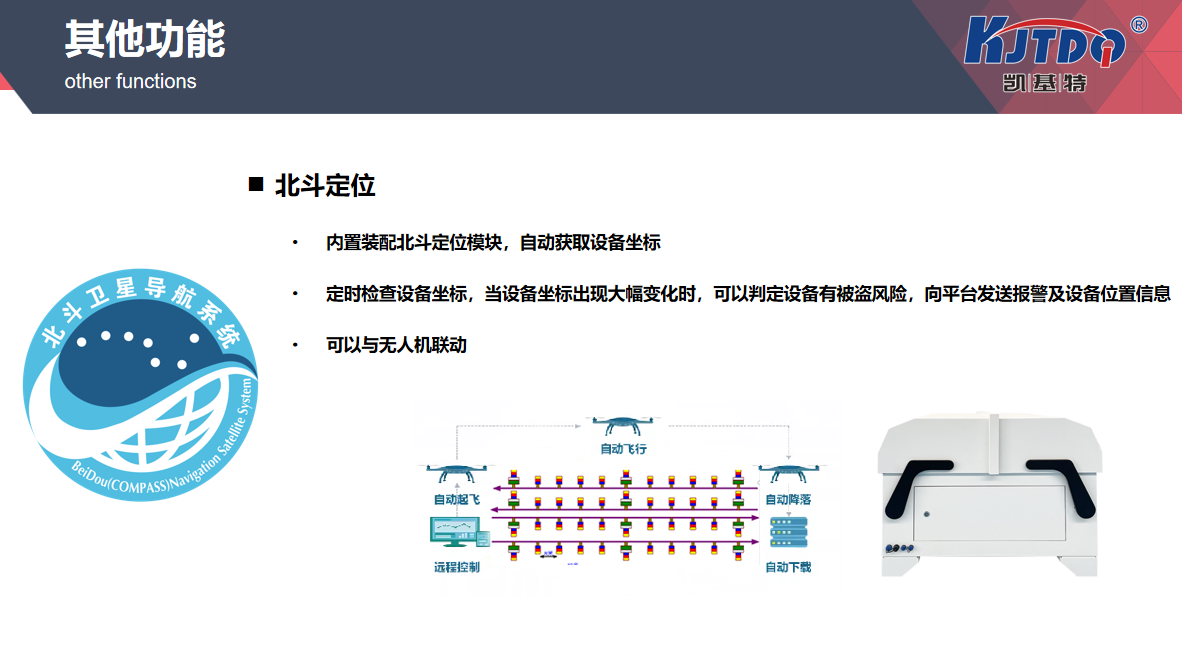In modern transportation systems, the highway debris flow warning system is playing a crucial role. Mudslides, as a sudden natural disaster, not only threaten the safety of roads, but may also pose great danger to passing vehicles and pedestrians. With the intensification of global climate change and frequent occurrence of extreme weather phenomena, the frequency and intensity of mudslides have also increased. Therefore, establishing and improving a highway debris flow warning system has become an important measure to ensure road safety and protect people's lives and property.

The core of the highway debris flow warning system is to prevent the risks caused by debris flows in a timely manner through real-time monitoring and warning. Mudflows generally occur during heavy rainfall, snowmelt, or earthquakes, where soil and rocks lose stability and suddenly slide down, forming a highly threatening natural phenomenon. In order to effectively respond to debris flow disasters, the highway debris flow warning system utilizes high-tech equipment for real-time monitoring. Through data analysis and prediction, warning information is issued in advance to help relevant departments and the public prepare for response and reduce the impact of debris flow on road safety.
The highway debris flow warning system is mainly composed of a series of advanced technologies and equipment. These devices include underground sensors, rain gauges, displacement monitors, etc., which can monitor geological and meteorological conditions in real time. Underground sensors detect parameters such as soil moisture and groundwater level, rain gauges record rainfall, and displacement monitoring devices observe the displacement of mountains or roads. When these devices detect conditions that may cause mudslides, the system will use data analysis models to predict the likelihood of mudslides occurring and issue timely warnings. This real-time monitoring and warning mechanism enables the highway debris flow warning system to effectively improve road safety and reduce accidents and losses caused by debris flows.
In practical applications, the highway debris flow warning system has been widely used in multiple countries and regions. For example, in the southwestern region of China, due to the complex terrain and heavy rainfall, mudslides occur frequently. The local government and relevant departments have invested in the construction of multiple highway debris flow warning systems, which effectively reduce the impact of debris flows on transportation and residents' lives through real-time monitoring and warning. Similar warning systems have also played an important role in mountainous countries in Japan and Europe, ensuring smooth and safe roads.
The advantage of the highway debris flow warning system lies not only in improving road safety, but also in reducing the cost of post disaster repair. The traditional method of dealing with mudslides usually involves emergency repairs after a disaster occurs, which not only requires a large amount of manpower and material resources, but may also cause long-term traffic interruptions and affect economic development. The highway debris flow warning system, through early warning, can take preventive measures such as setting up roadblocks and evacuating personnel before the occurrence of debris flow, thereby reducing repair costs and economic losses. Although the initial investment is relatively high, in the long run, these investments can significantly reduce various costs caused by mudslides and improve overall economic benefits.
It is worth noting that with the development of technology, the highway debris flow warning system is also constantly improving. For example, the application of artificial intelligence and big data technology has made the system's warning capabilities more accurate. In the future, the system may combine unmanned aerial vehicles and satellite remote sensing technology to further improve the coverage and accuracy of monitoring. Drones can conduct high-altitude photography in hard to reach areas, providing detailed terrain and soil information, while satellite remote sensing technology can monitor a larger range of meteorological and environmental data. The combination of these technologies will make the highway debris flow warning system more intelligent and provide more comprehensive safety guarantees.
From a personal perspective, the highway debris flow warning system is undoubtedly an important component of modern traffic safety management. It not only improves road safety and reduces the threat of mudslides to people's lives, but also helps local governments and enterprises save a lot of post disaster repair costs. With the continuous development of technology, we have reason to believe that the future highway debris flow warning system will be more advanced and intelligent, providing us with more reliable safety guarantees. In the face of natural disasters, we need to fully utilize the power of technology, continuously innovate and improve warning systems, protect our lives and property safety, and ensure smooth and stable roads.

Overall, the highway debris flow warning system is not only an effective tool for responding to debris flow disasters, but also an outstanding application of modern technology in the field of road safety. By continuously improving the technological level and intelligence of the system, we can better respond to the challenges brought by natural disasters and provide a safer transportation environment for society and the public. I hope to see more innovation and progress in the future, making our roads safer and smoother.
1. How does the highway debris flow warning system perform under extreme weather conditions?
The performance of the highway debris flow warning system under extreme weather conditions is one of its key performance indicators. Mudflows are usually triggered by extreme rainfall, rapid snowmelt, or strong earthquakes, so the system must be able to maintain accuracy and reliability in these situations. Modern warning system designs typically include protective measures to cope with extreme weather conditions. For example, the sensor usually adopts a waterproof and dust-proof housing to ensure that it can still work normally in rainstorm or sandstorm. At the same time, the system will utilize multiple data sources for information cross validation, such as meteorological data, geological monitoring data, etc., to improve the accuracy and stability of early warning. In addition, the system may also be equipped with a backup power source to prevent power outages from affecting monitoring work. Overall, although extreme weather poses higher challenges to the system, through advanced design and technology, these systems can effectively respond to various extreme weather conditions, ensuring timely warning and response to debris flow risks.
2. How to ensure the safety of data transmission and protection in the debris flow warning system?
The data transmission and protection of debris flow warning system are key links to ensure the effective operation of the system. Due to the need for real-time transmission of large amounts of monitoring data in the system, data security and integrity are crucial. Firstly, data transmission usually uses encryption technology to ensure that information is not stolen or tampered with during the transmission process. Secondly, the system will backup data through various communication methods, such as wireless networks, satellite communication, or wired connections, to ensure stable data transmission. In terms of data storage, the system will use high security data centers for backup and implement regular data checks and recovery strategies. In addition, the system will implement strict access control, and only authorized personnel can access and manipulate data. These measures collectively ensure the data security and reliable operation of the debris flow warning system.
3. What is the specific contribution of the highway debris flow warning system to public safety?
The contribution of the highway debris flow warning system to public safety is reflected in multiple aspects. Firstly, the system provides timely and accurate warning information to assist traffic management departments in taking preventive measures before mudslides occur, such as closing roads, setting up warning signs, and evacuating personnel. This can effectively reduce the threat of mudslides to passing vehicles and pedestrians, thereby reducing the probability of accidents. Secondly, the warning function of the system can help quickly respond to debris flow disasters, coordinate rescue actions, shorten rescue time, and improve rescue efficiency. By timely understanding the specific situation of mudslides, rescue personnel can better plan rescue routes and measures, reducing casualties and property losses. In addition, the system also provides data support for road maintenance and management, helping to develop more scientific and effective road safety strategies, thereby further enhancing public safety.